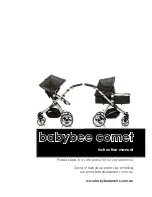
6K V1.02 03-16-91
41
4.
MESSAGE CONTROL CHARACTERS
All Control Characters are four (4) digits long, and always begin with
99
. The
99
tells the Message
Handler that special instructions follow. The next two digits contain those special instructions. The
Control Characters that have been defined to date are:
CONTROL CHARACTER DEFINITIONS
9900
CW Characters follow
9910
Beep Characters follow
9920
A Single-Tone Page follows
9930
A Two-Tone Page follows
9940
A 5/6-Tone Page follows
9950
DTMF Characters follow
9981
Route the following message to the transmitter
9983
Route the following message to the phone line
9985
Unroute the following message to the transmitter
9987
Unroute the following message to the phone line
Any programmable message can contain any mixture of message types and routings described
above. Therefore, a message could be made up of several different types of characters or tone
pages, intended for different destinations.
When programming a message, first enter the routing, then the type of message, then the
message itself.
Routing codes were developed to give the customer control over the routing of messages to the
transmitter and phone line. You can use these codes to force IDs, courtesy beeps, timeout
messages, and so on to go to the transmitter, even when a control operator is programming via the
phone line.
When the message ends, the Message Handler defaults back to standard routing. Standard routing
means that all messages normally go to the transmitter except when a control operator is
programming the controller via the phone line, in which case all messages are sent to the phone
line.
The following sections discuss each message type in greater detail.
















































